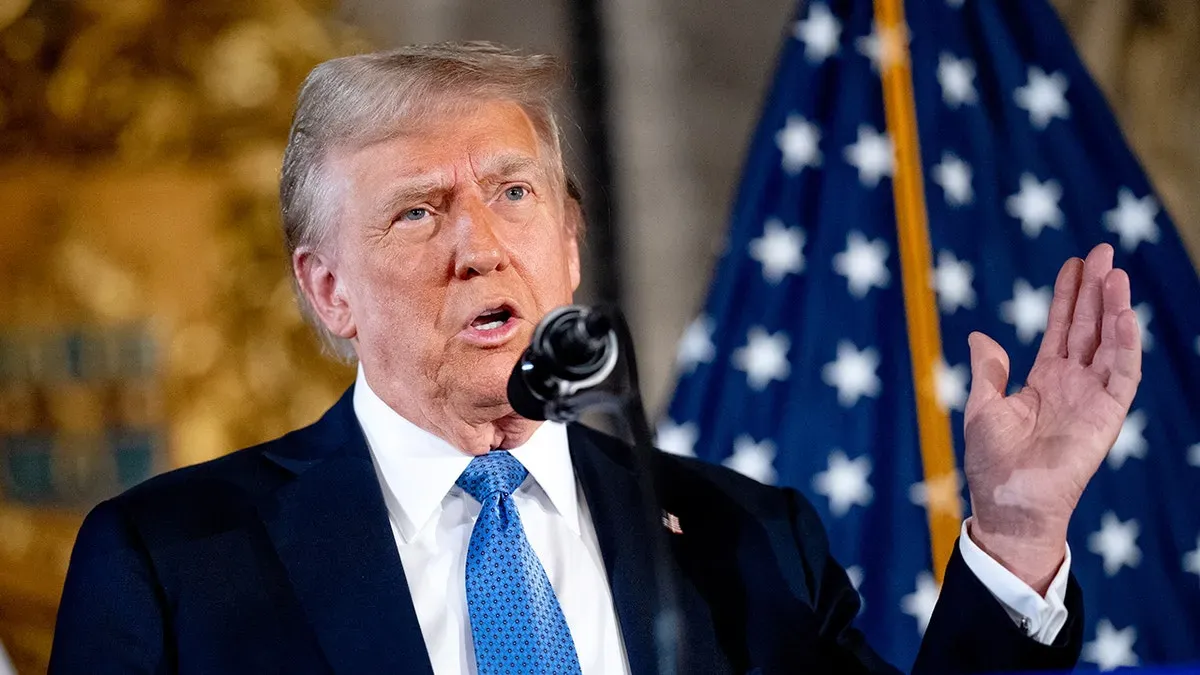
In a bold move aimed at revitalizing the beleaguered American film industry, President Donald Trump has announced the implementation of a 100% tariff on all foreign-made films entering the United States. This decision, shared on his Truth Social platform, stems from Trump’s belief that the U.S. film sector is suffering from an exodus of production to countries offering more attractive incentives for filmmakers. As Hollywood grapples with the dual challenges of recovering from the pandemic and adjusting to evolving viewing habits, the administration’s increasing pressure on international trade poses significant implications for the industry, which remains pivotal to the U.S. economy. With Commerce Secretary Howard Lutnick affirming the administration’s commitment to this initiative, the lack of concrete details regarding implementation raises questions about its actual impact on both the movie landscape and viewers alike.
Trump’s Tariff Announcement and Its Implications
In a bold move that has already sparked widespread debate, President Donald Trump has announced a sweeping 100% tariff on all films produced outside the United States. This decision, conveyed through his Truth Social platform, reflects Trump’s belief that American filmmakers and studios are increasingly lured abroad by competitive incentives, prompting a ‘national security threat.’ The announcement emphasizes Trump’s commitment to revitalize Hollywood, which he claims is suffering from a mass exodus of production to countries that offer attractive fiscal benefits. However, the lack of specificity regarding the enforcement of these tariffs raises questions about their practicality and effectiveness in protecting the American film industry.
The ramifications of this new tariff policy could be far-reaching, potentially reshaping the landscape of the global film industry. With Hollywood generating over 2.3 million jobs and contributing nearly $279 billion to the U.S. economy in 2022, the proposed tariffs could help to stem the tide of production moving overseas. However, industry analysts caution that the abrupt imposition of tariffs may provoke retaliatory measures from other countries, complicating an already fragile economic relationship. Furthermore, major production hubs outside the U.S. such as Toronto and Central Europe may remain attractive due to their established tax incentives, challenging Trump’s initiative to bring filmmaking back to American soil.
Reactions from the Entertainment Industry
The entertainment industry has responded with a mixture of skepticism and concern following Trump’s tariff announcement. Many Hollywood insiders worry that the tariffs could inadvertently hurt domestic production by increasing costs for filmmakers who rely on international partnerships and resources. Prominent figures and organizations within Hollywood have expressed their unease about how these tariffs will influence not only film production but also the broader creative ecosystem, which often thrives on collaboration across borders. Critics, including some influential actors and directors, argue that isolating the U.S. film industry could hinder artistic innovation, while simultaneously alienating international audiences.
Moreover, the response from lawmakers and policy advocates reveals a split within the political landscape on the impact of these tariffs. Many Democrats and moderate Republicans have criticized Trump’s approach as a heavy-handed tactic that may fail to yield the desired results. While some support the administration’s intent to stimulate American filmmaking, they point to the need for comprehensive reforms that consider the changing dynamics of media consumption post-pandemic. The sentiment hinges on the understanding that to truly rejuvenate Hollywood, policymakers must engage with the broader implications of globalization and technological advancements, rather than relying solely on tariffs.
The Future of Hollywood in the Era of Tariffs
As Hollywood navigates the threatening landscape created by Trump’s new tariffs, the future of the film industry remains uncertain. Industry experts suggest that while the tariffs might initially seem like a protective measure, they could stifle the industry’s capacity to adapt to post-COVID shifts in consumer behavior. With many viewers preferring streaming and at-home viewing experiences, the competition isn’t just from international filmmakers but also from new digital platforms. The need for a strategic approach that blends traditional filmmaking with innovative distribution models has never been more critical for sustaining Hollywood’s relevance.
Additionally, as the industry grapples with the fallout of these tariffs, there is a significant debate around the necessity of government intervention in a market that is more interconnected than ever. Future production trends indicate a growing preference for filming locations outside the U.S., driven largely by tax incentives and favorable regulations offered abroad. As California drops to sixth place on studio executives’ preferred locational lists, it becomes clear that fostering a robust environment for filmmakers at home might require more than just tariffs; it may necessitate a reevaluation of existing policies governing production and incentives in the United States.
In summary, President Donald Trump’s recent directive to impose a 100% tariff on all foreign films enters a contentious debate about the future of the American movie industry amid ongoing trade tensions. Citing the migration of filmmaking abroad as a significant threat to Hollywood, Trump emphasized a need to protect domestic production and jobs, framing this decision as a measure to revitalize an industry he claims is “dying.” While the specifics of the tariff’s implementation remain vague, its potential impacts on both the industry and the broader economic landscape are significant, particularly as filmmakers increasingly favor international locations due to favorable tax incentives. This move signals Trump’s continuing commitment to a protectionist trade policy, despite criticism that his strategies may exacerbate existing challenges for the entertainment sector. Ultimately, as the landscape of movie-making evolves in response to global dynamics, the effectiveness and consequences of such tariffs will warrant close scrutiny, raising questions about the long-term viability of Hollywood’s influence in the face of growing competition.






